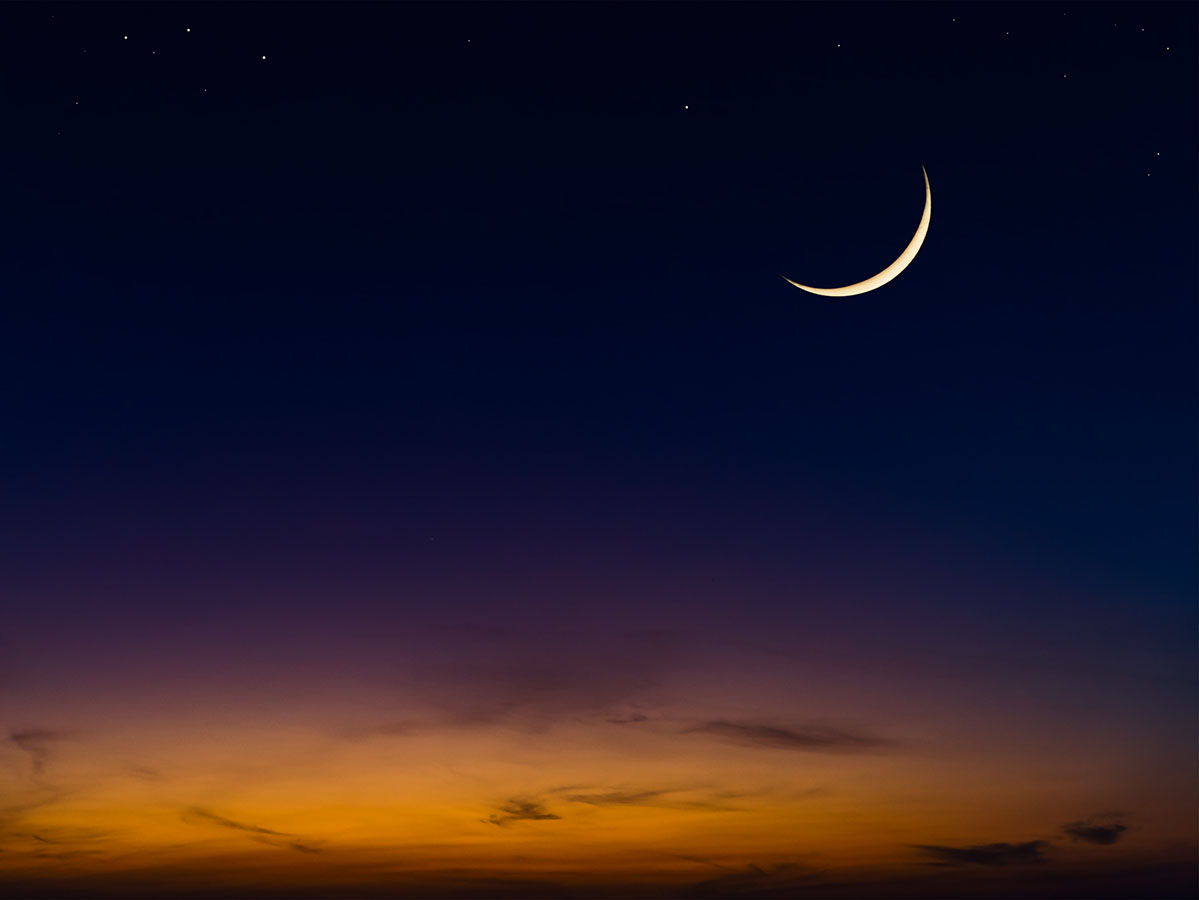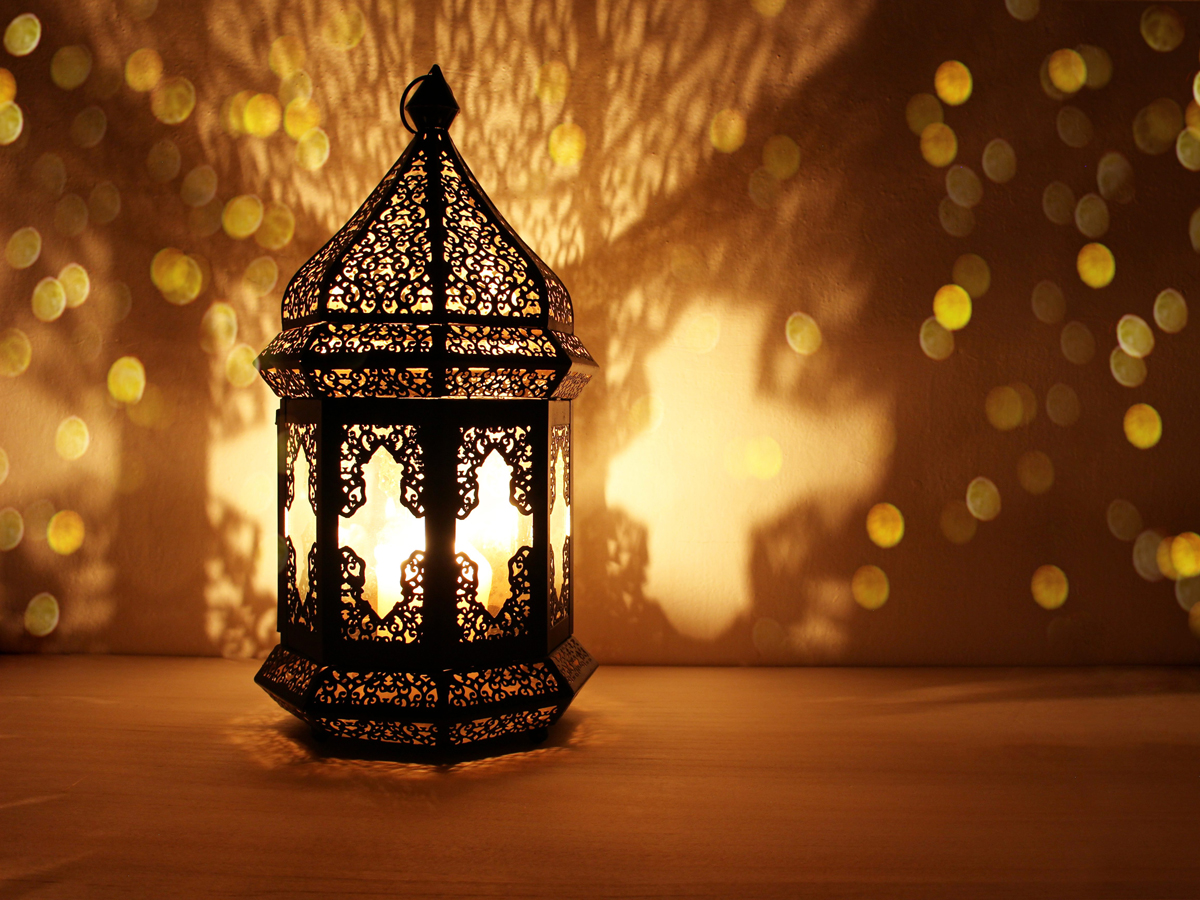If you’re heading to Saudi Arabia and are hoping to soak up some of the local culture, then you’re in luck because if there is one thing this incredible desert kingdom has plenty of it is heritage sites and breath-taking natural beauty. Here are five must-see cultural experiences you need to visit. Enjoy being a tourist in KSA.
Al Ahsa
On the Eastern side of Saudi Arabia is a vast date palm oasis known as Al Ahsa, which is thought to be the largest in the world. Impressive, but what you really want to check out when you’re here are the extraordinary rock formations and other-worldly caves inside the Al-Qarah Mountain. Its uniqueness hasn’t gone unnoticed, and in 2018 it was registered as a UNESCO cultural heritage site. Make sure you’re wearing your comfy hiking shoes because climbing up to these natural caves (that have been carved out courtesy of the wind and water erosion) is certainly no walk in the park. It’s worth it when you (eventually) get there though, honest. And when you arrive all hot and sweaty, the significantly cooler air will be a welcome reprieve.
Al-Turaif District, Ad Diriyah
If you have an interest in ancient architecture then a visit to the citadel of al-Turaif should be on your to do list. The UNESCO-listed site can be found in Ad Diriyah, located to the north-west of Riyadh, and dating back to the 15th century when it was just a small oasis on the banks of Wadi Hanifa. Today, you’ll want to feast your eyes on the incredible palaces that can be found in the area as all perfect examples of Najdi architecture and décor. The whole site has been sympathetically restored and is now a super cool, open air museum – organise a personal tour to get the most out of your visit.
Al-Ula
Head to this little gem in the Saudi Arabian desert to discover authentic Arabic history as you’ve never seen it before. Located 300 kilometres north of Medina, Al Ula, historically located on the Incense route, was a key trading hub for the ancient Lihyanites. Now this historical destination is dotted with ancient ruins, several-thousand-year-old tombs, date farms and an incredible landscape that the travel gurus are comparing to Jordan’s Wadi Rum. It is also home to Madain Saleh, the first site in Saudi Arabia to be recognised by UNESCO. Currently the cultural sites in Al Ula are only open for three months of the year during the winter, but from October 2020, it will be open year-round.
Al Masmak Fortress
You’ll find this impressive ancient fort in the Saudi capital of Riyadh. While it was built in 1865 – an impressive statistic in itself – it is actually the events that took place in around 37 years later that sealed its story in folklore. In 1902 exiled royal, Abdulaziz bin Abdul Rahman bin Faisal Al Saud went back to Riyadh, his family hometown, and successfully seized the fortress. And then from here he went on to conquer the different kingdoms of the region, which he then united to form what is now the Kingdom of Saudi Arabia. Make sure you pop inside the fortress where you’ll find a little museum, which showcases some photos of old Riyadh dating back to the early 20th century.
The Gate to Mecca
Yet another of the Kingdom’s UNESCO World Heritage Sites, The Gate to Mecca can be found in Historic Jeddah. Built in the shape of the Quran – hence why it’s often referred to as Quran gate – this is the gateway to the holy land for Muslims all over the world. In years gone by, all of the pilgrims on their way to Haj would walk through heading to Mecca. It’s pretty crowded now with people taking photos of the huge iconic arch by day. But hang around until the sun has gone down when the monumental gate is spectacularly illuminated – breath-taking. And if you fancy a spot of retail therapy – and perhaps some haggling – there are plenty of nearby markets to check out. Happy shopping.
Five more culture hotspots
Shubra Palace
The historic building in Taif, which is a former residence of King Abdul Aziz, is now home to a culture centre, museum and library. It was built in around 1900 and was a home to the King in the 1930s. In King Faisal’s era (in the late 1960s, early 1970s) it was used as the Presidency of the Council of Ministers.
Medina
Here you’ll find the vast Al-Masjid an-Nabawi (Prophet’s Mosque), a major Islamic pilgrimage site.
Neolithic art of Jubbah and Shuwaymis
Drawings on rock formations made by people from the Neolithic age.
Rock Art, Hail Region
This UNESCO heritage site has traces of the Arabian people’s ancestors in petroglyphs on the rock’s surface, holding 10,000 years of history.
The King Abdulaziz Centre for World Culture, Dhahran
The Centre incorporates a museum, children museum, library, cinema, theatre and exhibition halls.









